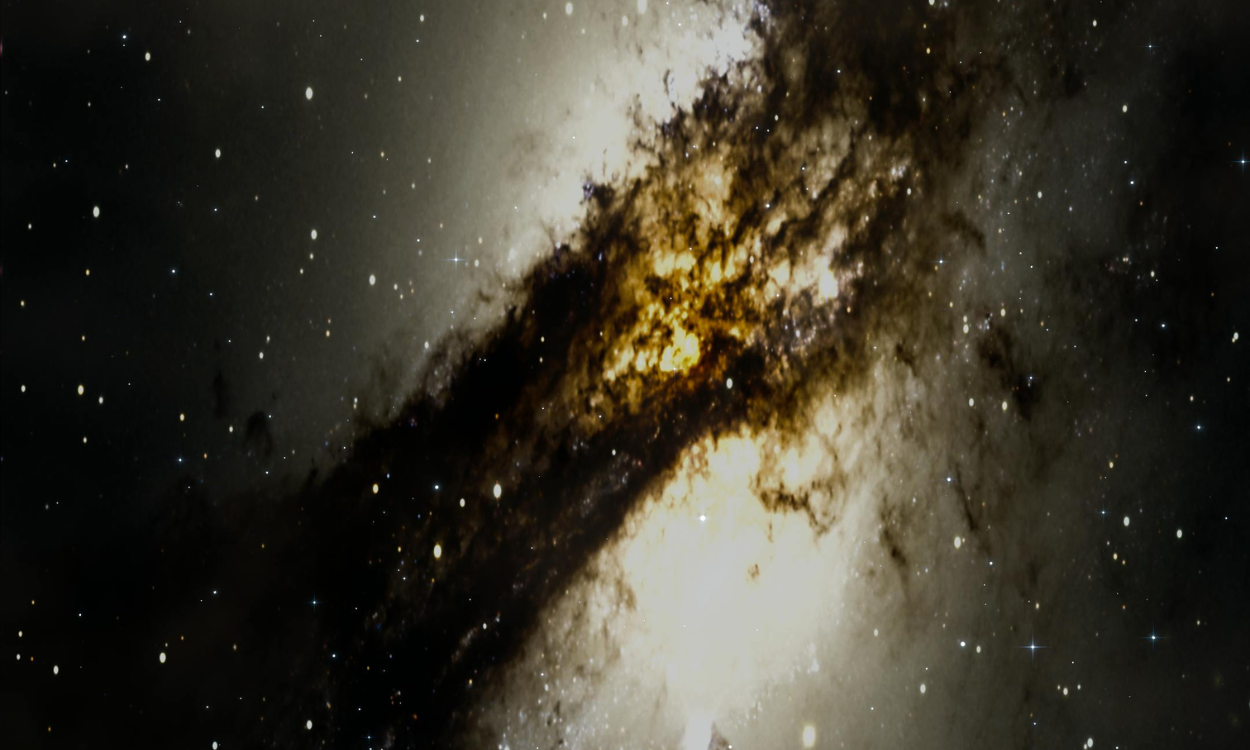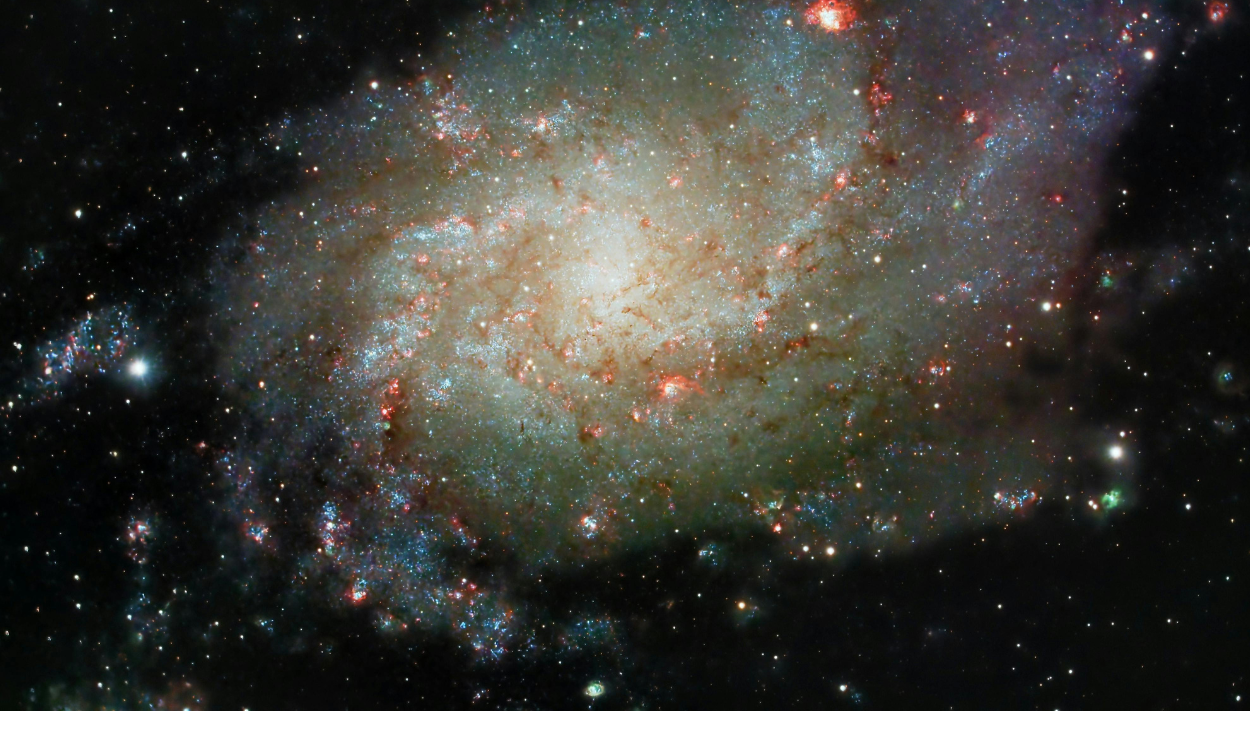Galactic Wonders: Exploring the Heart of the Milky Way
The Milky Way galaxy has captivated humanity’s imagination for centuries. A sprawling expanse of stars, planets, gas, and dust, it is a window into the mysteries of the universe. Among its many fascinating aspects, the heart of the Milky Way stands out as one of the most enigmatic and awe-inspiring regions. Known as the Galactic Center, this dense and luminous area holds the key to unlocking the secrets of our cosmic home. In this article, we will dive deep into the Galactic Wonders: Exploring the Heart of the Milky Way, unraveling its mysteries, significance, and the technology used to study it.
Table of Contents

What is the Heart of the Milky Way?
The Galactic Center is located about 26,000 light-years from Earth in the direction of the Sagittarius constellation. It is a region teeming with activity, characterized by a dense collection of stars, interstellar dust, and powerful gravitational forces. At the very core of the Galactic Center lies Sagittarius A*, a supermassive black hole with a mass equivalent to over four million suns. This black hole exerts a tremendous influence on the surrounding area, shaping the orbits of stars and emitting powerful bursts of energy.
Scientists have long been fascinated by the Galactic Wonders: Exploring the Heart of the Milky Way because it offers a unique laboratory for understanding the physics of black holes, star formation, and the evolution of galaxies. Unlike the relatively calm outskirts where our solar system resides, the Galactic Center is a hub of dynamic processes that challenge our understanding of the cosmos.
The Mysteries of the Galactic Center
One of the greatest mysteries of the Galactic Center is the nature of Sagittarius A*. Despite being shrouded by thick clouds of interstellar dust, astronomers have developed innovative methods to study this enigmatic black hole. Radio telescopes like the Event Horizon Telescope (EHT) have captured images of the shadow of Sagittarius A*, revealing its structure and behavior. These observations have helped scientists better understand how black holes interact with their surroundings, shedding light on phenomena such as accretion disks and relativistic jets.
Another intriguing aspect of the Galactic Center is its dense star clusters. This region contains some of the oldest and youngest stars in the galaxy, offering a snapshot of stellar evolution. Massive stars near the core burn brightly and die quickly, often collapsing into neutron stars or black holes. Studying these Galactic Wonders: Exploring the Heart of the Milky Way helps scientists understand the life cycle of stars and the processes that trigger their formation.
Technological Marvels in Galactic Exploration
Advancements in technology have revolutionized our ability to study the Galactic Center. Observatories equipped with infrared, X-ray, and radio capabilities can penetrate the thick dust clouds that obscure the region from optical telescopes. Instruments like the Chandra X-ray Observatory and the Atacama Large Millimeter/submillimeter Array (ALMA) have provided unprecedented insights into the energetic processes occurring at the heart of the Milky Way.
The James Webb Space Telescope (JWST) is expected to further enhance our understanding of the Galactic Wonders: Exploring the Heart of the Milky Way. With its powerful infrared capabilities, JWST can peer through the dense dust to study star formation, the dynamics of star clusters, and the properties of interstellar gas in unparalleled detail.
The Role of Dark Matter
The heart of the Milky Way also plays a crucial role in the study of dark matter. Observations of stellar motions near the Galactic Center suggest the presence of an invisible, massive component that influences gravitational interactions. This mysterious substance, known as dark matter, is thought to make up about 27% of the universe’s total mass and energy. By studying the Galactic Wonders: Exploring the Heart of the Milky Way, scientists hope to unravel the nature of dark matter and its role in the formation and evolution of galaxies.
Cultural Significance of the Galactic Center
Throughout history, the Milky Way’s Galactic Center has held deep cultural and spiritual significance for various civilizations. Ancient cultures often depicted the Milky Way as a river of stars, with its heart representing a sacred or mystical place. Indigenous Australian cultures, for example, have rich oral traditions that describe the Milky Way as an emu in the sky, with the Galactic Center forming its body.
Modern culture continues to draw inspiration from the Galactic Wonders: Exploring the Heart of the Milky Way. From science fiction to visual art, the mysteries of the Galactic Center inspire creativity and curiosity. It serves as a reminder of humanity’s desire to explore and understand the universe.
Challenges in Exploring the Galactic Center
Despite remarkable technological advancements, studying the Galactic Center remains a formidable challenge. The dense concentration of stars and interstellar matter creates significant obstacles for astronomers. Observing individual stars near Sagittarius A* requires high-resolution imaging and sophisticated data analysis techniques.
Moreover, the dynamic nature of the Galactic Center complicates long-term observations. Stellar collisions, intense radiation, and the gravitational pull of the supermassive black hole create an environment that is both hostile and fascinating. Yet, these challenges make the Galactic Wonders: Exploring the Heart of the Milky Way even more rewarding for scientists who seek to uncover its secrets.
Future Prospects for Exploration
The future of Galactic exploration holds immense promise. Planned missions and next-generation telescopes, such as the Extremely Large Telescope (ELT) and the Laser Interferometer Space Antenna (LISA), are poised to revolutionize our understanding of the Galactic Center. These instruments will enable detailed studies of gravitational waves, star formation, and the behavior of matter near Sagittarius A*.
Moreover, advancements in artificial intelligence and data analysis are expected to play a significant role in uncovering new Galactic Wonders: Exploring the Heart of the Milky Way. By analyzing vast datasets collected from telescopes and observatories, AI algorithms can identify patterns and phenomena that might otherwise go unnoticed.
Why the Galactic Center Matters
Understanding the heart of the Milky Way is more than an academic pursuit. It provides valuable insights into the fundamental processes that govern our galaxy and the universe at large. By studying the Galactic Wonders: Exploring the Heart of the Milky Way, scientists can address profound questions about the nature of space, time, and matter.
Additionally, the exploration of the Galactic Center inspires humanity to look beyond our planet and consider our place in the cosmos. It reminds us of the vastness of the universe and the interconnectedness of all things. The Galactic Center is not just a distant point in space; it is a part of the Milky Way that shapes the environment in which our solar system exists.
Conclusion
The Galactic Wonders: Exploring the Heart of the Milky Way offer a mesmerizing glimpse into the mysteries of our galaxy. From the supermassive black hole at its core to the dense star clusters and interstellar matter that surround it, the Galactic Center is a treasure trove of scientific discovery and cultural inspiration. As technology continues to advance, our ability to study this region will only grow, bringing us closer to answering some of the most profound questions about the universe.
By exploring the heart of the Milky Way, we not only uncover the secrets of our galaxy but also ignite a sense of wonder and curiosity that drives humanity forward. The Galactic Center is a reminder that the universe is vast, mysterious, and full of possibilities, inviting us to continue our quest for knowledge and understanding.





